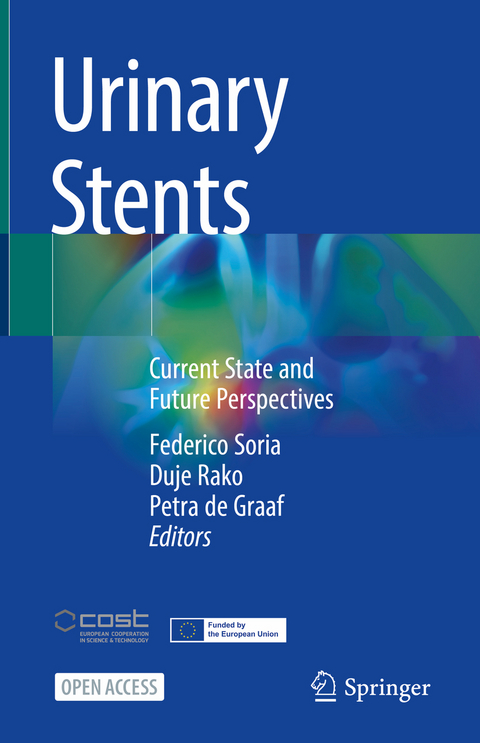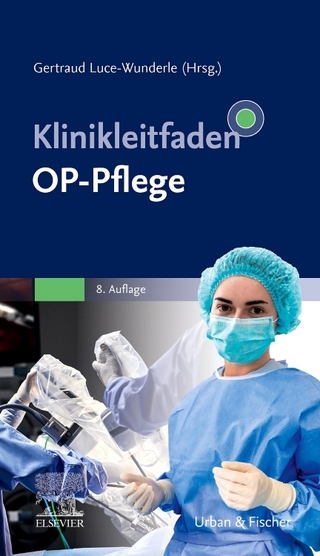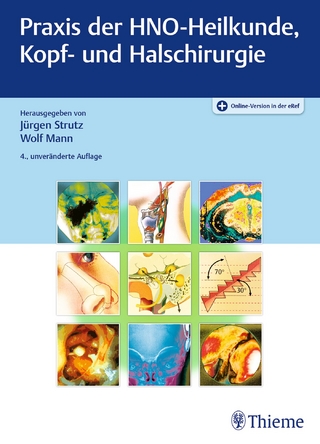
Urinary Stents
Springer International Publishing (Verlag)
978-3-031-04483-0 (ISBN)
Urinary Stents is a practical, multi-disciplinary focused resource on the complications and applications of ureteral, urethral and prostatic stents in day-to-day clinical practice. A vital read for all medical professionals and researchers who work in this area.
Dr Federico Soria. Endourology Research Coordinator in Jesus Usón Minimally Invasive Surgery Centre Foundation, Cáceres, Spain. Principal Inventor in 3 patents about Ureteral stents. Involvement in more than 20 research projects in urinary stents innovation as main proponent and Principal researcher, competitive funds (1999-2020). Chairman (2017-2021) Cost Action (CA16217). European network of multidisciplinary research to improve the urinary stents (European Cooperation in Science and Technology. Brussels-Belgium).
Dr Duje Rako, MD, FEBU is consultant urological surgeon working in private practice at present with previous posts in University Hospital Dubrava, Zagreb, Croatia and Countess of Chester NHS Foundation Trust, Manchester, UK. He hreceived his MD title from Zagreb university School of Medicine in 2006, passed urology qualification in 2013 and FEBU exam in 2015. He has considerable experience in open cancer surgery and all endoscopic procedures for stones and urogenital tumors with special interest in stone disease and endoscopy.
Prof. Dr. Petra deGraaf is an Assistant Professor at the Urology department in the University Medical Center at Utrecht, The Netherlands. Her current research goal is to generate a tissue engineered (TE) source of urethra tissue for use in urethral reconstruction. Ideally, a TE urethra mimics the native urethra, consists of multiple cell layers of different origin, protects the underlying tissue as an efficient barrier from urine, is vascularized and resistant to mechanical forces during surgery. As in many patients undergoing urethral reconstruction surgery, the surrounding corpus spongiosum is either absent (in hypospadias patients) or affected by fibrosis. By aiming to integrate the corpus spongiosum in the TE graft, a natural vascular environment is provided. Dr deGraaf's molecular background helps to bring the science to life: experience and knowledge acquired through the years will lead to solutions for health and disease.
Ch 1: Present and future of urinary stents.- Ch 2: Indications, Complications and side effects of Ureteral stents.- Ch 3: Indications, Complications and side effects of metallic ureteral stents.- Ch 4: Urethral stents. Indications, complications and adverse effects.- Ch 5: Ureteral stents. Impact on patient's quality of life..- Ch 6: Strategies to improve the quality of life of stented patients.- Ch 7: Use of drugs to reduce the morbidity of ureteral stents.- Ch 8: Ureteral stent designs to reduce stent-related symptoms and improve patient quality of life.- Ch 9: Encrustation in urinary stents.- Ch 10: Forgotten ureteral stent syndrome.- Ch 11: Endourological management of encrusted ureteral stents.- Ch 12: Pediatric Ureteral Stents.- Ch 13: Flow dynamics in stented ureter.- Ch 14: Methodology for the development and validation of new stent designs: in vitro and in vivo models.- Ch 15: Methodology on clinical evaluation of urinary stents.- Ch 16: A Dynamically Degradable Surface:Can We 'Fool' Bacteria to Delay Biofouling in Urinary Stents?.- Ch 17: Biomaterials for ureteral stents: advances and future perspectives.- Ch 18: Coatings for urinary stents:current state and future directions.- Ch 19: Bacterial adhesion and biofilm formation: hydrodynamics effects.- Ch 20: Biomaterial-associated infection: pathogenesis and prevention.- Ch 21: Antibiotic-free solutions for the development of biofilm prevention coatings.- Ch 22: Plasma Based Approaches for Deposition And Grafting Of Antimicrobial Agents To Polymer Surfaces.- Ch 23: Antimicrobial biosurfactants towards the inhibition of biofilm formation.- Ch 24: Novel antimicrobial strategies to combat biomaterial infections.- Ch 25: Light-activated polymer nanocomposites doped with a new type of carbon quantum dots for antibacterial applications.- Ch 26: Nanoparticles. Potential for use to prevent infections.- Ch 27: Urinary tract infections and encrustation in urinary stents.- Ch 28: Learning from our mistakes:Applying Vascular Stent Technologies to the Urinary Tract.- Ch 29: Biodegradable urinary stents.- Ch 30: New double-J stent design for preventing/reducing irritative bladder symptoms & flank pain.- Ch 31: Drug eluting devices in the urinary tract.- Ch 32: Methods and Materials for drug eluting urinary stents design and fabrication.- Ch 33: Preventing biofilm formation and encrustation on urinary implants: (bio)coatings and tissue engineering.- Ch 34: Preventing biofilm formation and encrustation on urinary implants: (bio)molecular and physical research approaches.- Ch 35: Ten steps to strategic planning for the urinary stents of the future.
| Erscheinungsdatum | 23.08.2022 |
|---|---|
| Zusatzinfo | XV, 457 p. 78 illus., 67 illus. in color. |
| Verlagsort | Cham |
| Sprache | englisch |
| Maße | 155 x 235 mm |
| Gewicht | 830 g |
| Themenwelt | Medizin / Pharmazie ► Medizinische Fachgebiete ► Chirurgie |
| Medizin / Pharmazie ► Medizinische Fachgebiete ► Urologie | |
| Schlagworte | antifouling • Bacterial Adhesion • Coating stents • Hydrodynamics urinary tract • open access • Urinary biomaterials |
| ISBN-10 | 3-031-04483-5 / 3031044835 |
| ISBN-13 | 978-3-031-04483-0 / 9783031044830 |
| Zustand | Neuware |
| Haben Sie eine Frage zum Produkt? |
aus dem Bereich


